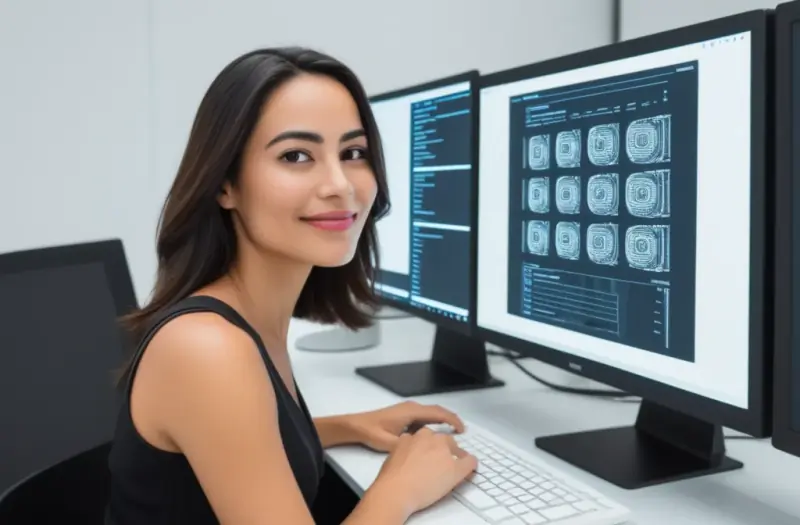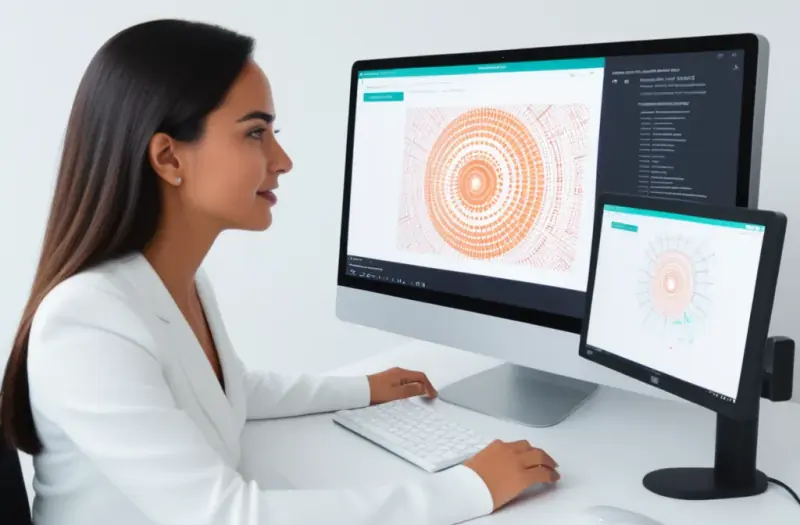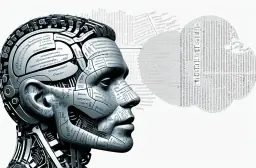Computer Vision: Empowering Machines to See & Understand

Table of Contents
Computer Vision is one of the most fascinating branches of artificial intelligence. It enables us to create systems capable of “seeing” and understanding the visual world around us. This advancement not only revolutionizes technology but also how we interact with it. In this article, we’ll explore how computer vision is transforming various sectors and how these systems manage to interpret visual content.
What is Computer Vision?
In simple terms, computer vision is the ability of machines to interpret and act based on images or videos. This field is closely related to image processing and uses sophisticated computer vision algorithms to analyze, segment, and classify images.
Computer vision systems are trained using techniques like deep learning in vision, such as convolutional neural networks (CNNs), which have proven highly effective for image recognition and classification tasks. By combining visual artificial intelligence with advanced vision algorithms, these machines can detect patterns, recognize objects, and extract key information from complex images.
How Computer Vision Works
For a machine to “see,” it needs to break down an image into a series of data points. This is where image processing comes into play. Through this process, images are converted into digital information that can be analyzed.
Key stages include:
- Image segmentation: dividing the image into smaller parts.
- Pattern detection: identifying repetitive or significant elements within the image.
- Object recognition: determining which specific objects are present.
This process involves not only identifying shapes and colors but also interpreting the context of objects within the scene.
Applications of Computer Vision

Computer vision is finding applications across a wide range of fields, from medicine to security and retail. Here are some examples of how AI-assisted vision is revolutionizing various industries:
- Facial recognition: Used in security systems, it allows for accurate identification of individuals.
- Intelligent vision systems in autonomous vehicles: These cars use artificial vision to detect obstacles and make real-time decisions.
- Medical diagnosis: In medicine, image interpretation allows for disease detection from medical scans like X-rays and MRIs.
These are just a few examples where computer vision is making a difference in our daily lives.
Artificial Vision in Retail
In retail, advanced artificial vision is used to optimize inventory and enhance customer experience. Smart cameras and visual analysis algorithms enable stores to track products, monitor customer flow, and personalize offers in real-time.
This technology not only boosts operational efficiency but also enhances customer satisfaction, leading to higher conversion rates and sales.
Challenges in Implementing Computer Vision
Despite advancements in digital vision, there are several challenges we must address for further progress in this area. These include:
- Data quality: For artificial vision systems to function properly, they need a large amount of high-quality visual data.
- Diversity of scenarios: The machine must be able to adapt to different contexts and lighting conditions.
- Security and privacy: The use of cameras and image identification systems raises concerns about privacy and misuse of data.
Addressing these challenges is crucial for the future development of computer vision, especially in sensitive applications like security or facial recognition.
Future of Computer Vision

Looking ahead, the future of computer vision is very promising. Integrating computational perception with emerging technologies like augmented reality and virtual reality opens up new possibilities in fields such as entertainment, education, and industrial design.
We believe that in the coming years, we’ll see greater collaboration between humans and machines in interpreting the visual world, leading to innovations that we can only imagine today.
Frequently Asked Questions
What is computer vision?
Computer vision is a branch of artificial intelligence that enables machines to interpret and act based on visual images.
How is computer vision used in daily life?
It’s used in various sectors like security (facial recognition), medicine (image-based diagnosis), and automotive (autonomous vehicles).
What are the main challenges of computer vision?
Key challenges include data quality, adaptability to different contexts, and security issues related to image use.
What role does deep learning play in computer vision?
Deep learning, particularly convolutional neural networks, plays a crucial role in image analysis and classification in computer vision systems.
Conclusion
Computer vision is transforming how machines interact with the visual world. From object recognition to image classification, the applications are vast and diverse. Although we face certain challenges, the future of this technology is undoubtedly exciting. With advancements in visual artificial intelligence and computer vision algorithms, we are one step closer to creating machines that truly understand the environment around us.
Key Takeaways
- Computer vision allows machines to interpret images and videos.
- It’s used in sectors like medicine, security, and retail.
- Advances in convolutional neural networks have driven this technology.
- Challenges remain, such as data quality and privacy.
- The future of computer vision is promising and will bring new innovations.
Popular Tags
ADS SPACE HERE

